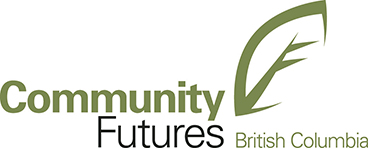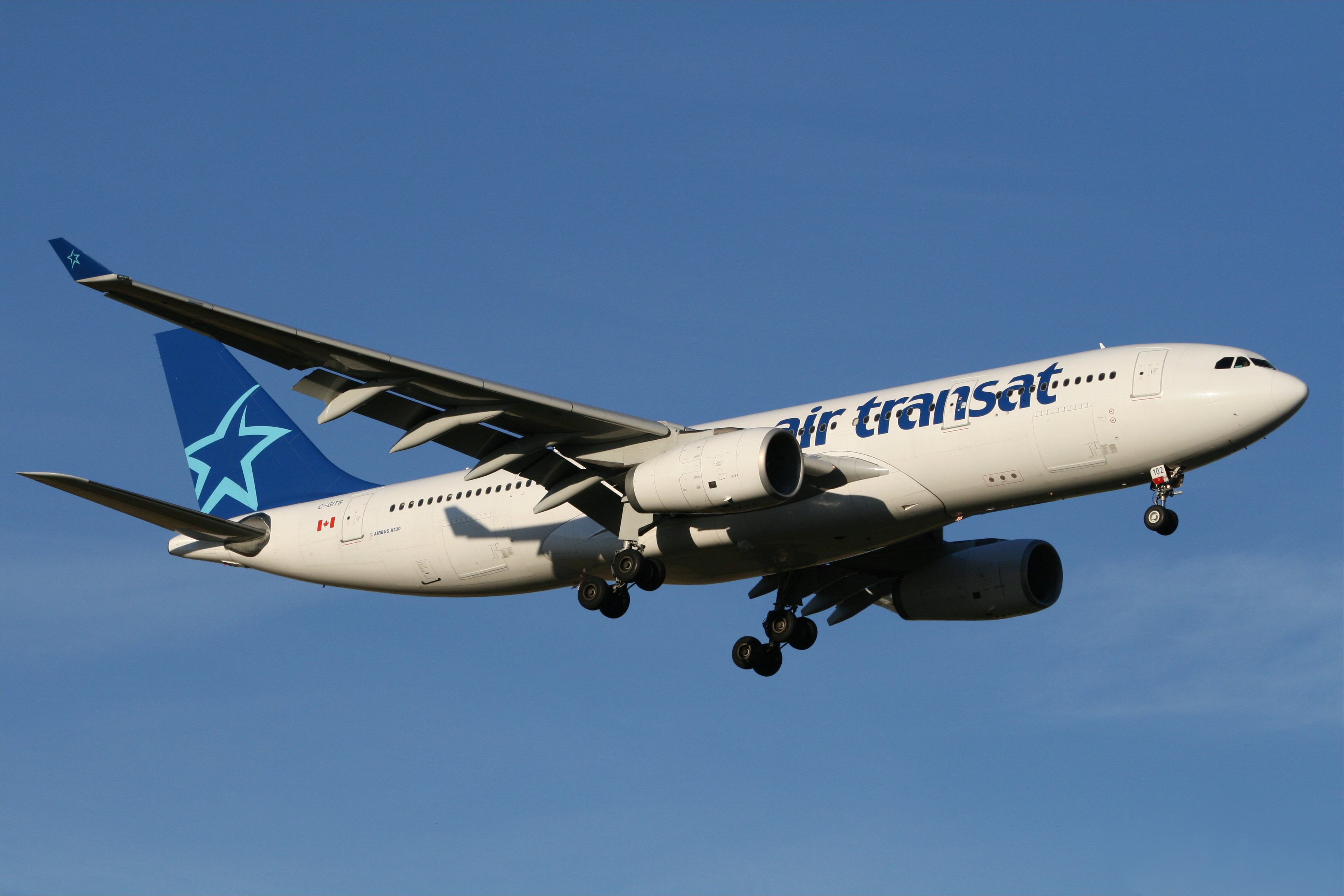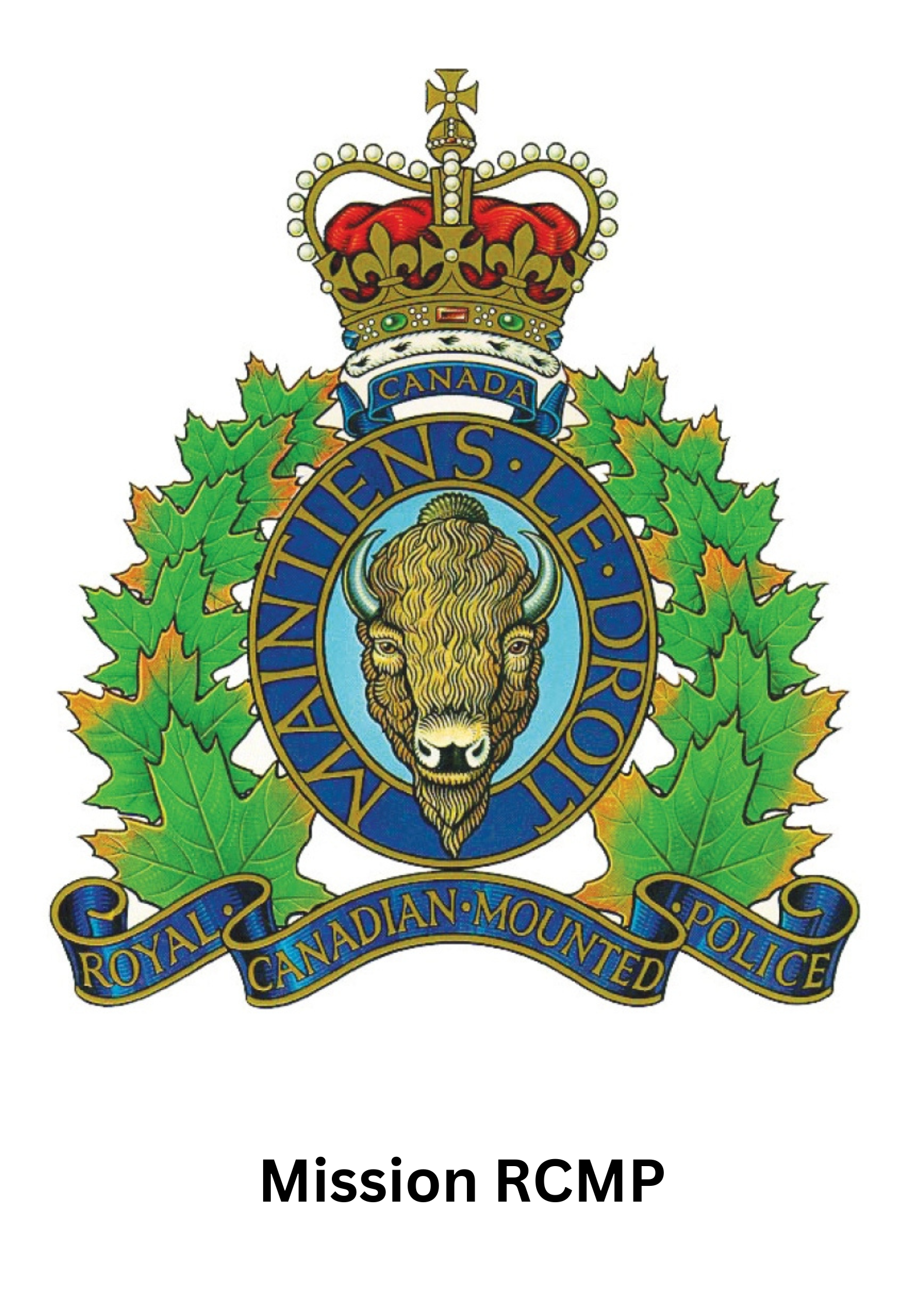Ottawa/Fraser Valley – The Honourable David J. McGuinty, Minister of Public Safety, and the Honourable Marc Miller, Minister of Immigration, Refugees and Citizenship, provided key updates on the impacts of recent measures to reinforce the integrity of our shared border with the United-States (U.S.) and our immigration system. These ongoing efforts include Canada’s Border Plan, released in December 2024.
Together, Immigration, Refugees and Citizenship Canada (IRCC), Public Safety, the Canada Border Services Agency (CBSA) and the Royal Canadian Mounted Police (RCMP), have taken concrete steps to minimize unnecessary border volumes, increase info-sharing, and reduce non-genuine visitors and illegal crossings at the border. These measures are already delivering results. The accompanying backgrounder outlines IRCC’s measures and key results, and provides an overview of actions taken to protect the border and prevent fraud.
Public Safety is coordinating the $1.3-billion effort to further strengthen the border, and disrupt illegal cross-border activity. In the coming weeks, the Government of Canada will further enhance real-time surveillance of Canada’s border and increase presence to support communities. We have already deployed 60 new drones along our border with the U.S., and will be deploying additional surveillance towers and purchasing new technology, such as x-rays, mobile x-rays and hand-held chemical analyzers.
The Fraser Valley has a number of border entry points.
Quick facts
- The Border Plan includes an investment of $1.3 billion to further strengthen our border security with more personnel, tools, advanced technology, drones, surveillance equipment and helicopters.
- Since the introduction of an additional protocol to the Safe Third Country Agreement, in partnership with the U.S., the number of asylum claims from people crossing illegally has dropped from an average of 165 per day in March 2023 to 12 per day since then.
- Since implementing a partial visa requirement for Mexican nationals in February 2024, Canada has seen a significant decrease in asylum claims from Mexican nationals. This change has reduced claims from Mexican citizens at airports across the country by 97%. At the same time, southbound illegal crossings by Mexican nationals from Canada into the U.S. also fell by 72% compared to 2023.
- On December 24, 2024, the Government of Canada ended the practice of “flagpoling”, which happens when a temporary resident leaves Canada and immediately returns to a port of entry to get immigration services. This practice used significant resources at the border, detracted from U.S. and Canadian border enforcement activities, and slowed cross-border traffic. After this measure was implemented, there was an immediate decrease in flagpoling by around 86%, resulting in savings of 4,000 to 8,000 days of work for U.S. Customs and Border Protection.
- IRCC has heightened scrutiny of visitor visa applications from countries with the highest rates of abuse, based on a new system of fraud detection. Our swift actions have led to an 89% drop in illegal U.S. crossings by foreign nationals in Canada from June to December and a 61% increase in refusals from high-risk countries. Asylum claims by Canadian visa holders also dropped by 18% (from 7,174 claims in October 2024 to 5,832 in November 2024.
- Since IRCC reformed the International Student Program and launched a system to verify post-secondary learning institution acceptance letters for study permit applications, the number of illegal U.S. crossings of Canadian study permit holders dropped by 91%.
- The CBSA is Canada’s first line of defense at 1,200 ports of entry across the country, while the RCMP is primarily responsible for border security between official points of entry.







